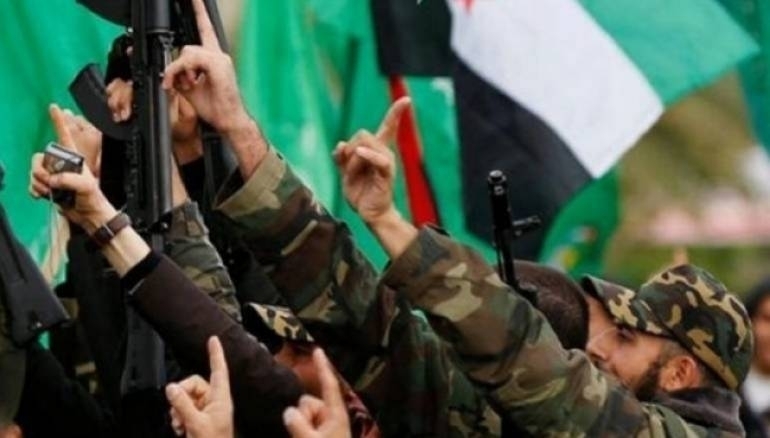The recent beating of a woman and arrest of a prominent local figure by Nusra Front have provoked discussions on the need to expel the group from Hauran, but such a scenario would require strategic changes and new forces on the ground.
The first and most significant change was the liberation of 80 percent of Hauran’s land, with fears of a repeat of Raqqa’s fate through ISIS occupation.
Events in Yarmouk Palestinian refugee camp justified such fears in light of Nusra Front’s facilitation of ISIS’ entry into the camp via Hajar Aswad.
It appears that the Nusra Front has started to frustrate other opposition factions through widespread lawlessness and jeopardizing Free Syrian Army (FSA) achievements. The group’s liberation of the Jordanian-Syrian Nasib border crossing and raising the flag of Al-Qaeda is an example, a move that ignited international anxiety and furthered Amman’s fears.
The second expected change is the training and arming of FSA and other “moderate opposition” forces with the possibility of anti-aircraft weapons; a move which could change the direction of battle in Damascus. The development would mean areas would only need to be controlled by one military formation, which mandates the moving of the Nusra Front from Hauran to keep the area under FSA control after managing to distance the group from the Syrian-Jordanian borders and Golan.
The third important change was the clashes that took place in Hauran between the revolutionary forces and other religious factions, leading to social changes while threatening to polarize the area for the first time in four years.
A thoughtful and effective solution to this problem must be introduced. The people of Hauran joined Nusra to win a battle, not to join Al-Qaeda.
In Hauran, educated and wise members of the community can play a significant role in reducing tension and preventing the Front from gaining control.
The Nusra Front must detach itself from Al-Qaeda and concentrate on fighting, while avoiding the impulse to interfere in the policing of social matters.


